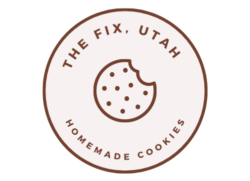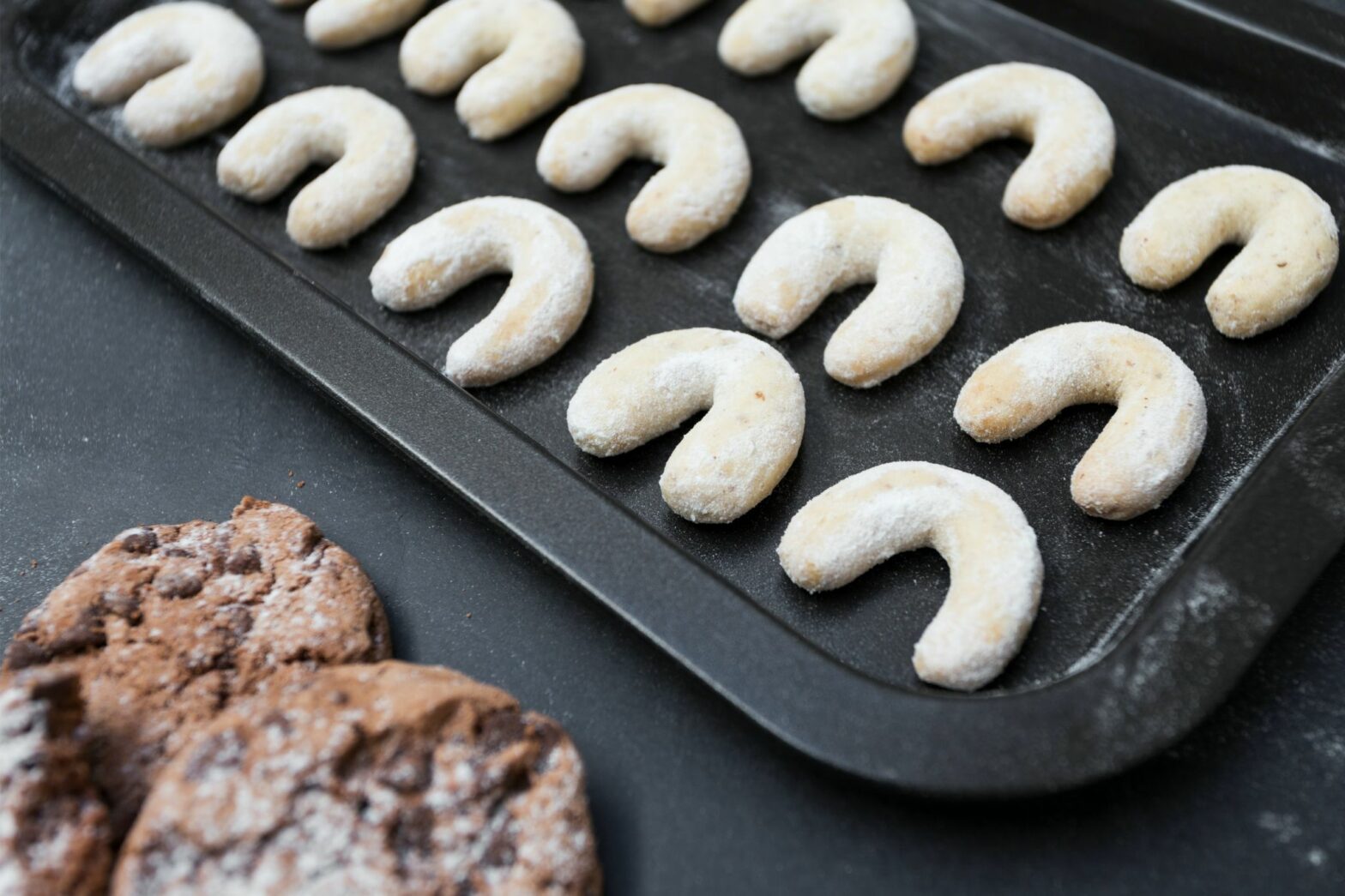Anyone who gets some margin to make treats without any preparation clearly believes that they should come out flawlessly and taste tasty. Blending fixings is practically unbelievable these days with basically everything being accessible in pre-blended or pre-made bundles. A great many people basically purchase a roll of treat mixture, cut it, and stick it on the stove for 15-18 minutes. In any case, for the people out there who actually get some margin to make their own treat mixture, knowing the distinctions between every one of the sorts of sheets accessible in stores today is significant. There are a large number of them, and in all honesty, they all yield various outcomes.
1. Protected Non-stick Sheet
Most protected sheets are made to be non-stick, and in light of the fact that protected sheets are now and again on the more costly side. They will generally oppose scratches, chipping, and stripping. Protected treat sheets are essentially two sheets that have been joined around the edges. Which makes a little pocket of air that can’t escape. The air within the pocket warms to the set temperature of the stove when the sheet is put inside.
Protected treat sheets are entirely solid for uniformly prepared treats. Since the air inside the sheet warms to the temperature of the stove. It permits every one of the treats on the sheet to cook and brown at a similar rate. The equitably warmed air keeps the sheet from being more sizzling in specific spots. Which is a typical event with standard sheets. Notwithstanding yummy treats, most protected sheets are not difficult to clean as a result of their non-stick surfaces.
2. Aluminium Sheet
Aluminium treat sheets are ordinarily utilized. And Aluminium conducts heat well which is the reason treat sheets made of this material typically produce a uniformly prepared treat. The main drawback to aluminium is that it at times keeps treats from arriving at the ideal shade of brown.
Treat sheets made of aluminium are extremely durable. And they won’t rust regardless of whether they must be absorbed in water for an expanded timeframe. Weighty aluminium baking sheets are smarter to use than the dainty kinds that are accessible for less cash. Dainty aluminium sheets can twist as well as twist in a hot stove which can make treats cook unevenly.
3. Non-Stick Cookie Sheets
When non-stick treat sheets were imagined, an entirely different universe of baking arose. The simplicity of cleaning a treat sheet with a non-stick surface is astounding. And it essentially wipes out the need to spread the sheet prior to cooking. Washing a non-stick sheet is a breeze and barely requires everything except a fast scour.
Non-stick sheets have a surface covering that makes them simple to clean. Yet they are as yet ready to create delectable treats. Remember that the hazier the non-stick surface, the faster the treats will brown. Consequently, essential to peruse the guidelines accompanying the sheet to see whether the maker suggests that the broiler’s cooking temperature be brought down to redress. Bringing down the temperature of the broiler by around 25 degrees might be fundamental.
Conclusion
All in all, treat sheets can be made of various kinds of materials or even a blend of materials. Each sheet will yield an alternate final product for a similar definite treat recipe. The hazier the sheet, the quicker the treats will brown on the grounds that a dull sheet ingests heat. All the more promptly and moves the intensity straightforwardly to the treats. Aluminium treat sheets are great guides of intensity however are not great for guaranteeing that the treats will brown. Protected treat sheets will guarantee equitably prepared treats regardless of how they are dispersed on the sheet. For best outcomes, evaluate a treat recipe on each of the three kinds of sheets. And figure out which yields the ideal outcomes.

